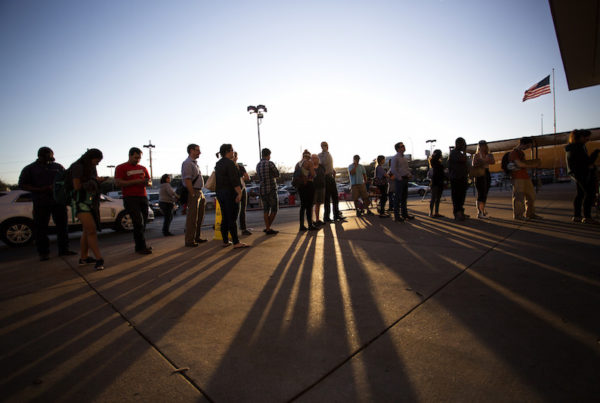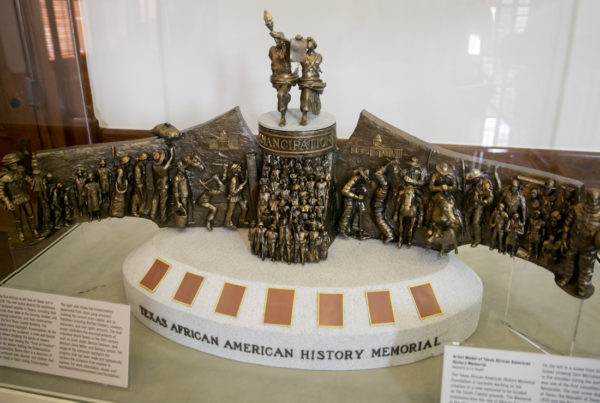From KERA’s Art&Seek:
The Rachofsky Warehouse is a private exhibition space a few blocks from the Galleria. It’s where some of the vast art collection of Cindy and Howard Rachofsky is kept. It’s also where last night’s announcement of the Nasher Prize was held. Unbeknownst to the well-heeled people waiting to hear who the winner was, they’d walked past one of Pierre Huyghe’s artworks near the warehouse entrance.
It’s a big chunk of darkened concrete. Huyghe cast it from a broken, old stone monument outside Paris – it’s just a headless, naked figure sprawled on the ground.
“But then,” says Jeremy Strick, director of the Nasher Sculpture Center, “he inserted electrical coils, which heat up, so if you put your hand on the figure it may be warm, like a person. It’s really uncanny. And there’s water, and moss grows from it. So it’s very much this living system.”
Strick says this is typical of Huyghe’s complex artistry. In a single work, he evokes the grand history of statues, but also, ultimately, their fallen state. He includes electricity yet allows nature to take its course, letting moss grow in the cracks and crevices.
Yet this work – titled “La deraison” – or “Unreason” – is almost conventional by the French artist’s normally unorthodox standards.
“Huyge, who certainly makes objects that anyone would call sculpture,” says Strick, “also makes films, videos, computer animations, a range of things that often can address very serious themes but also can have a humorous quality that’s really delightful.”
















